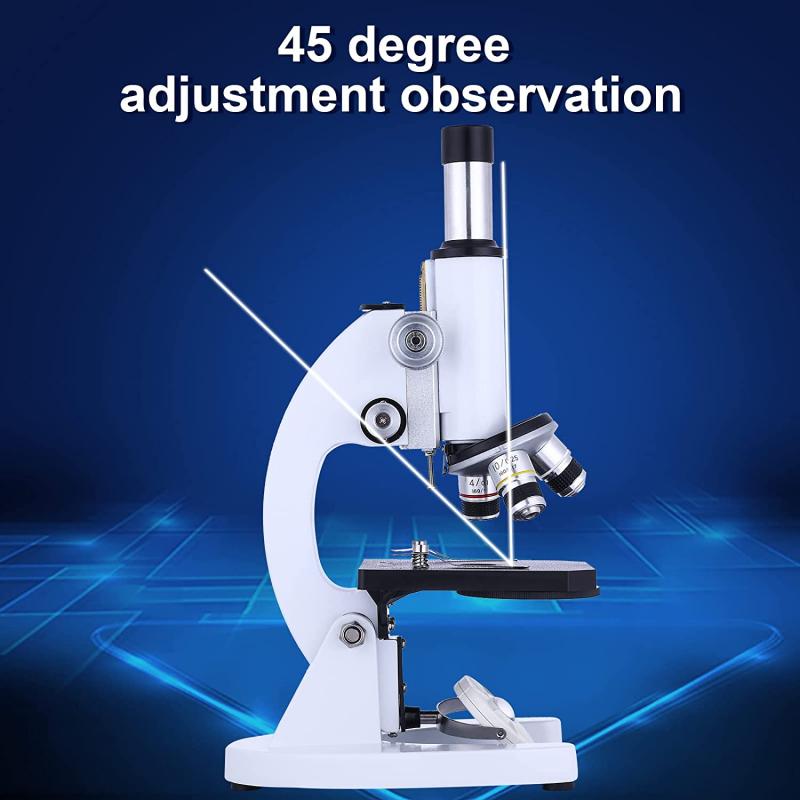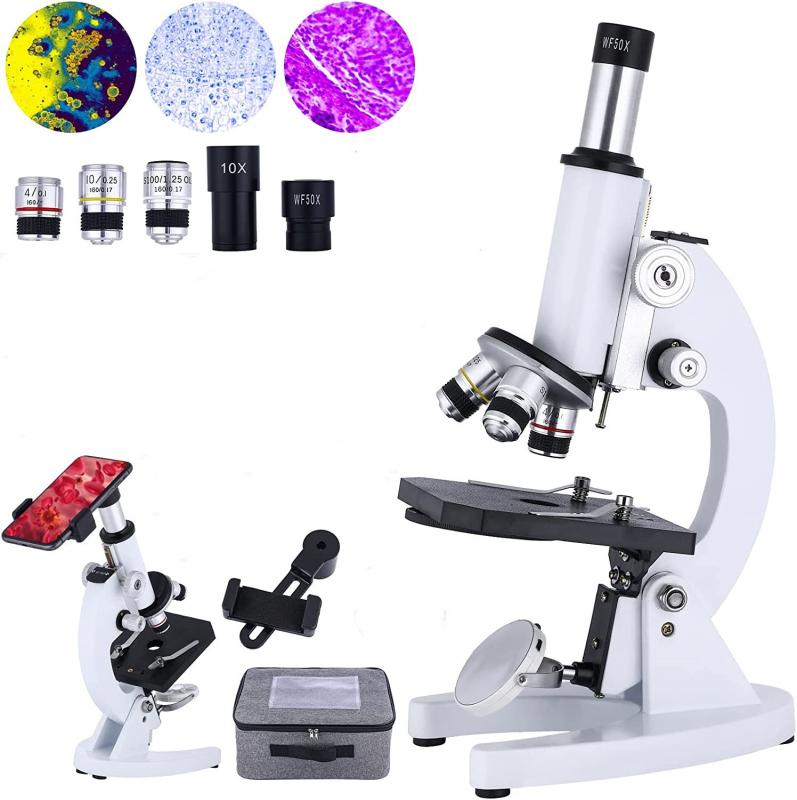What Does Mrsa Look Like Under A Microscope ?
Under a microscope, Methicillin-resistant Staphylococcus aureus (MRSA) appears as clusters or chains of spherical bacteria. These bacteria are Gram-positive, meaning they retain a violet stain during the Gram staining process. MRSA cells typically have a diameter of about 0.5 to 1.5 micrometers. They have a characteristic appearance with a thick peptidoglycan cell wall, which gives them a distinct shape and structure. MRSA cells may also exhibit a golden or yellowish color due to the production of a pigment called staphyloxanthin. This pigment helps the bacteria evade the immune system and contributes to their virulence. Overall, the microscopic appearance of MRSA is similar to other strains of Staphylococcus aureus, but its resistance to methicillin and other antibiotics makes it a significant concern in healthcare settings.
1、 MRSA bacteria: Staphylococcus aureus with methicillin resistance gene.
MRSA, which stands for Methicillin-Resistant Staphylococcus aureus, is a type of bacteria that has developed resistance to the antibiotic methicillin and other beta-lactam antibiotics. When observed under a microscope, MRSA appears similar to other strains of Staphylococcus aureus, which are gram-positive cocci bacteria.
Under a light microscope, MRSA bacteria appear as round or oval-shaped cells arranged in clusters or chains. They have a thick peptidoglycan cell wall, which retains the crystal violet stain used in the Gram staining technique, giving them a purple color when observed under a microscope. This characteristic is what classifies them as gram-positive bacteria.
However, to fully identify MRSA, additional tests are required. One common method is the use of a methicillin susceptibility test, which involves exposing the bacteria to methicillin or other beta-lactam antibiotics to determine if they are resistant. Another method is the detection of the mecA gene, which is responsible for methicillin resistance. This gene can be identified using molecular techniques such as polymerase chain reaction (PCR).
It is important to note that MRSA strains can vary in appearance and characteristics. Some strains may produce a yellow pigment called staphyloxanthin, which can give colonies a golden color. Additionally, MRSA can form biofilms, which are slimy layers of bacteria that adhere to surfaces and can make treatment more challenging.
It is worth mentioning that research on MRSA is ongoing, and new findings may provide further insights into its appearance and characteristics under a microscope.

2、 Gram-positive cocci: Clusters of spherical bacteria under the microscope.
MRSA, or methicillin-resistant Staphylococcus aureus, is a type of bacteria that is resistant to many commonly used antibiotics. When observed under a microscope, MRSA appears as Gram-positive cocci, which are spherical bacteria that tend to cluster together.
Gram-positive bacteria, including MRSA, retain the crystal violet stain during the Gram staining process, causing them to appear purple under a microscope. The cocci shape refers to the round or oval shape of the individual bacteria. These cocci bacteria tend to form clusters, which can be observed as groups of purple spheres under the microscope.
It is important to note that MRSA is a specific strain of Staphylococcus aureus, and its appearance under a microscope is similar to other strains of this bacterium. However, what distinguishes MRSA from other strains is its resistance to methicillin and other beta-lactam antibiotics.
It is worth mentioning that the appearance of MRSA under a microscope may vary depending on the growth conditions and the specific strain. Additionally, advancements in microscopy techniques and staining methods may provide more detailed information about the structure and characteristics of MRSA.
In conclusion, when observed under a microscope, MRSA appears as Gram-positive cocci, which are spherical bacteria that cluster together. This characteristic appearance helps in identifying MRSA and distinguishing it from other bacteria. However, it is important to rely on laboratory tests and molecular techniques for accurate identification and confirmation of MRSA infection.

3、 Cell wall structure: Thick peptidoglycan layer with teichoic acids.
MRSA, or Methicillin-resistant Staphylococcus aureus, is a type of bacteria that is resistant to many commonly used antibiotics. When observed under a microscope, MRSA appears as spherical or oval-shaped cells, known as cocci, arranged in clusters or chains. The size of MRSA cells typically ranges from 0.5 to 1.5 micrometers in diameter.
One of the distinguishing features of MRSA, as observed under a microscope, is its cell wall structure. Like other bacteria, MRSA has a cell wall composed of peptidoglycan, a complex polymer made up of sugars and amino acids. However, MRSA has a thicker peptidoglycan layer compared to other strains of Staphylococcus aureus. This thickened cell wall provides additional protection against antibiotics, making MRSA more resistant to treatment.
Furthermore, the cell wall of MRSA contains teichoic acids, which are unique to Gram-positive bacteria. Teichoic acids are long chains of sugars that are covalently linked to the peptidoglycan layer. These acids play a role in cell wall maintenance, cell division, and adherence to host tissues. They also contribute to the overall structure and stability of the bacterial cell.
It is important to note that the understanding of MRSA's cell wall structure is constantly evolving. Recent research has focused on identifying specific components of the cell wall that contribute to antibiotic resistance and virulence. For example, studies have shown that certain proteins and enzymes involved in peptidoglycan synthesis and modification play a crucial role in MRSA's resistance mechanisms. By targeting these components, researchers hope to develop new strategies to combat MRSA infections.
In conclusion, MRSA appears as spherical or oval-shaped cells under a microscope, arranged in clusters or chains. Its cell wall structure is characterized by a thick peptidoglycan layer with teichoic acids. Ongoing research continues to shed light on the intricate details of MRSA's cell wall and its implications for antibiotic resistance.

4、 Methicillin resistance mechanism: Altered penicillin-binding proteins (PBP2a).
MRSA, or Methicillin-resistant Staphylococcus aureus, is a type of bacteria that has developed resistance to the antibiotic methicillin and other beta-lactam antibiotics. When observed under a microscope, MRSA appears as spherical or oval-shaped cells, arranged in clusters or chains. The bacteria have a thick cell wall, which is a characteristic feature of Staphylococcus aureus.
One of the key mechanisms behind MRSA's resistance to methicillin is the production of an altered penicillin-binding protein known as PBP2a. Penicillin-binding proteins are enzymes involved in the synthesis of the bacterial cell wall, and they are the target of beta-lactam antibiotics. In MRSA, the gene responsible for producing PBP2a is acquired through horizontal gene transfer, allowing the bacteria to bypass the inhibitory effects of methicillin and other beta-lactam antibiotics.
Under a microscope, the altered PBP2a can be visualized as a protein embedded in the bacterial cell membrane. This protein has a reduced affinity for beta-lactam antibiotics, making it less susceptible to their effects. As a result, MRSA is able to survive and multiply in the presence of these antibiotics, leading to infections that are difficult to treat.
It is important to note that MRSA strains can vary in their appearance under a microscope, as there are different types and subtypes of MRSA. Additionally, advancements in microscopy techniques and genetic analysis have allowed researchers to gain a more detailed understanding of MRSA's structure and resistance mechanisms. Ongoing research continues to shed light on the complex interactions between MRSA and antibiotics, with the aim of developing new strategies to combat this challenging pathogen.







































